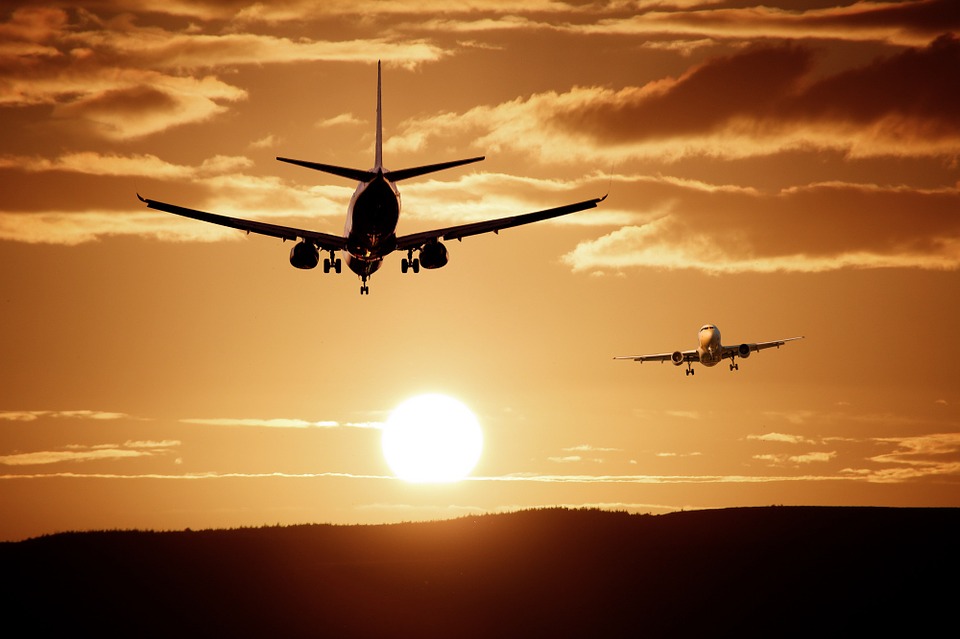Air traffic management organizations should embrace new technologies to safely manage growing air traffic, the Civil Air Navigation Services Organization (CANSO) said at its annual safety conference.
“With the ever-increasing growth of air traffic, and the onset of new airspace users—including unmanned aerial systems, high altitude and space vehicles, and in future supersonic jets—managing airspace safely is an increasingly complex task,” CANSO deputy DG Simon Hocquard told the organization’s safety conference in Banff, Canada Nov. 27. “As the air traffic management (ATM) industry rises to meet these challenges, ensuring the highest standards of safety continues to be our number one priority.”
Amsterdam Schiphol Airport-based CANSO is developing a Standard of Excellence in Human Performance Management, scheduled for launch next year, to help air navigation service providers (ANSPs) adapt to new technologies such as automation, artificial intelligence (AI) and space-based surveillance and ensure they enhance safety and airspace efficiency.
“The role of the human also becomes even more important in this new digital age, as change requires people to adapt to new technologies and ways of working,” Hocquard said. “As we adopt new technologies and an increasingly automated system, we are building a clear vision for the human, and ensure safe and seamless transition through effective human performance management.”
The industry must proactively embrace new technologies and potentially new ways of safely managing airspace. “Transformative technologies such as advanced automation, AI, and space-based surveillance can provide a clearer picture of ATM operations, and allow the industry to collect the safety data it needs to safely and efficiently manage global traffic flows,” Hocquard said. “Effectively monitoring and measuring safety not only proves that yesterday was safe, or that today is safe, but that tomorrow will be even safer.”
CANSO said automation advantages include enabling air traffic controllers to safely reduce separation minima and replacing traditional core controller functions, such as separation assurance through conflict probes and conformance monitoring. Space-based surveillance will enable tracking of aircraft in oceanic and remote areas. Artificial intelligence will enable real-time and predictive decision-making and improve flow management of aircraft…



